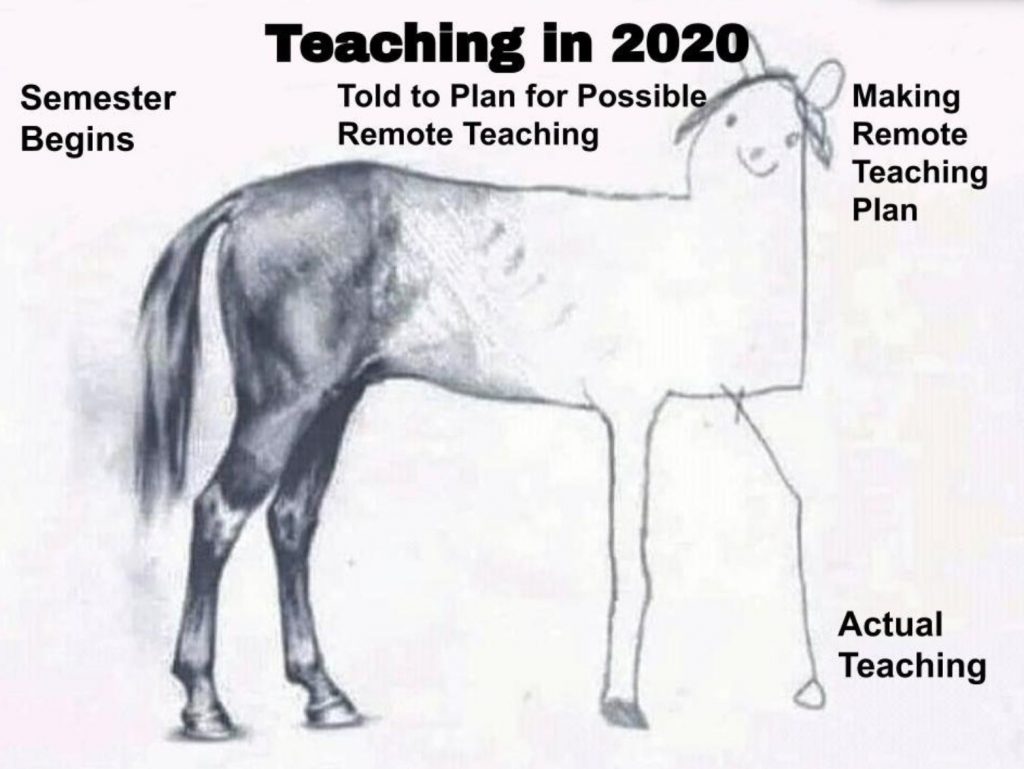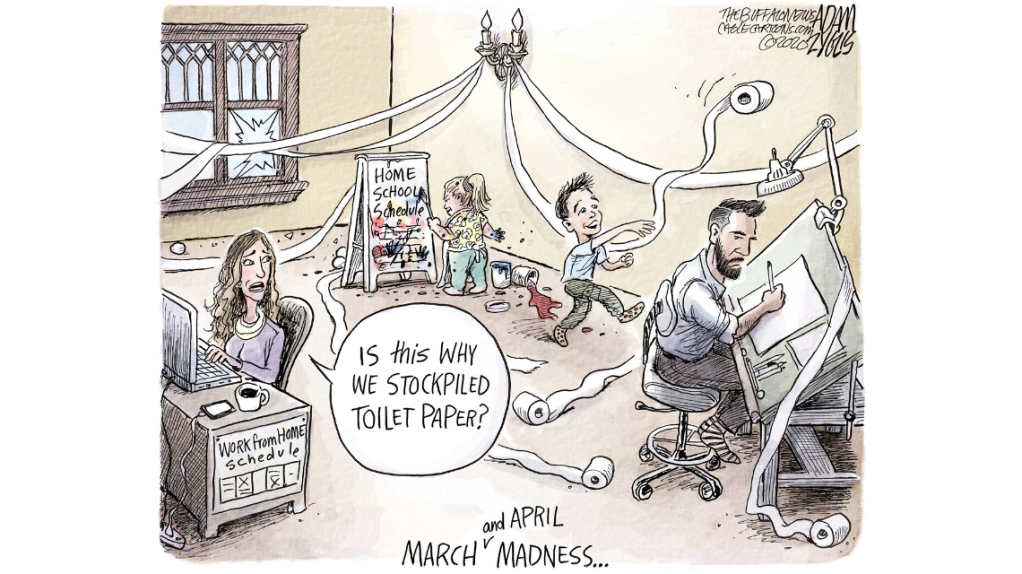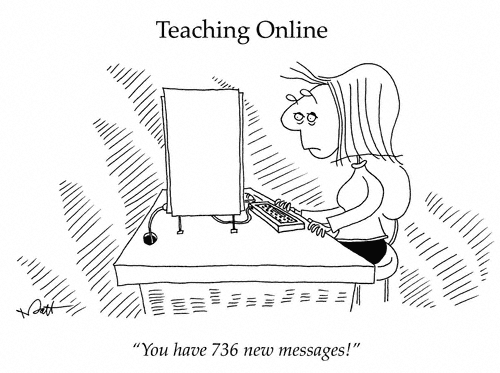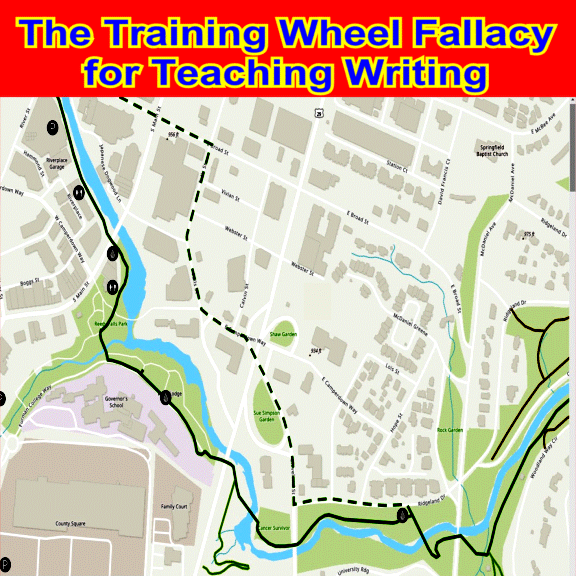Education in the Age of Globalization » Blog Archive » Can and Should Creativity be Assessed? Ep1 of Creativity in Crisis
Can and Should Creativity be Assessed? Ep1 of Creativity in Crisis
Creativity in Crisis: Prisoners of Our Own Imagination
Toward getting past our own imagined fears and toward realizing our creative potential.
A Bi-weekly Live Conversation about Creativity and Education on YouTube.
11am-12pm first Fridays US Pacific Time (Each Month)
Hosts: Ron Beghetto and Yong Zhao
Introduction
Human creativity has gained heightened recognition in the 21st century as a means of helping us navigate the uncertainties of an increasingly complex and changing world. Despite decades of research, many fundamental issues about creativity remain unsettled. This is particularly true when it comes to cultivating creativity in educational settings. There is often a disconnection among the various stakeholders of creativity and education: creativity researchers, education researchers, policy makers, educators, parents, creative professionals, and the general public. Even though there is wide recognition that we are all capable of approaching teaching, learning and life more creatively, we often find it difficult to get past our own imaginations and fears of trying out new ideas and creative approaches in education.
Creativity in Crisis aims to build a bridge among the different stakeholders, to serve as a platform for the various groups of stakeholders to share and exchange ideas using a more commonly accessible medium rather than academic papers, conference presentations, or workshops, which are often attended to by separated communities of practices.
Creativity in Crisis is also intended to make public the disagreements, debates and different views that exist among researchers. Furthermore, the show aims to synthesize current perspectives from and beyond the field of creativity studies — highlighting what we know and what we don’t know so as to develop a deeper understanding of creativity in and beyond educational settings.
Design and Format
We envisioned the show as a curated exhibition of different, and even contradictory, perspectives on significant issues related to creativity and education.
Every 10 episodes make one thematic volume. Each volume follows a theme. Each episode focuses on a significant topic concerning creativity and education.
For each episode, the hosts present their propositions, assumptions, conjectures about the chosen focal question. The guests are invited to engage with and even refute them in spirited conversation aimed at leading us to deepening our understanding of creativity-related topics and provoke new insights and perspectives.
Creativity in Crisis guests are selected based on the following criteria.
Expertise: The guests have deep knowledge of the topic to be discussed.
Diversity of Perspectives: The guests represent different perspectives and professions.
Multi disciplinary: The guests are from a wide range of disciplines (e.g., psychology, education, creative industries, etc.)
Creativity in Crisis: Prisoners of Our Own Imagination
11am-12pm first Fridays US Pacific Time June 05 2020 Episode 1
As creativity becomes an increasing significant attribute/ability for students today, there is an increasing call for assessment. Is it possible to assess creativity? Are there any creativity assessments that have TRULY the power to predict individuals’ creativity capacity in the future? Are there any meaningful ways to assess creativity that is actually productive?
Furthermore, as schools and education systems began to struggle with creativity assessment, large international organizations such as the OECD has also begun to seriously consider creativity as an important educational outcomes. OECD’s Program for International Students Assessment (PISA) has announced that it will start creativity assessment in 2021. If you are curious, here is the 2021 PISA Creative Thinking Framework. So, our first episode of Creativity in Crisis: Prisoners of Our Own Imagination is about creativity assessment. We will explore two large issues:
- What are the potential promises and pitfall of large scale creativity assessment of school-age children (e.g., PISA Creativity Assessment)?
- Even if we can assess creativity using international comparative assessments, should we?
Joining us are two scholars who are certainly more than qualified to explore the questions: James C. Kaufman and Bill Lucas.
James C. Kaufman is a Professor of Educational Psychology at the University of Connecticut. He is the author/editor of more than 35 books, including Creativity 101 (2nd Edition, 2016) and the Cambridge Handbook of Creativity (2nd Edition, 2019; with Robert Sternberg). He has published more than 300 papers, including the study that spawned the “Sylvia Plath Effect,” and three well-known theories of creativity, including (with Ron Beghetto) the Four-C Model of Creativity. He is a past president of Division 10 of the American Psychological Association. James has won many awards, including Mensa’s research award, the Torrance Award from the National Association for Gifted Children, and APA’s Berlyne and Farnsworth awards. He co-founded two major journals (Psychology of Aesthetics, Creativity, and the CONTINUE READING: Education in the Age of Globalization » Blog Archive » Can and Should Creativity be Assessed? Ep1 of Creativity in Crisis
















